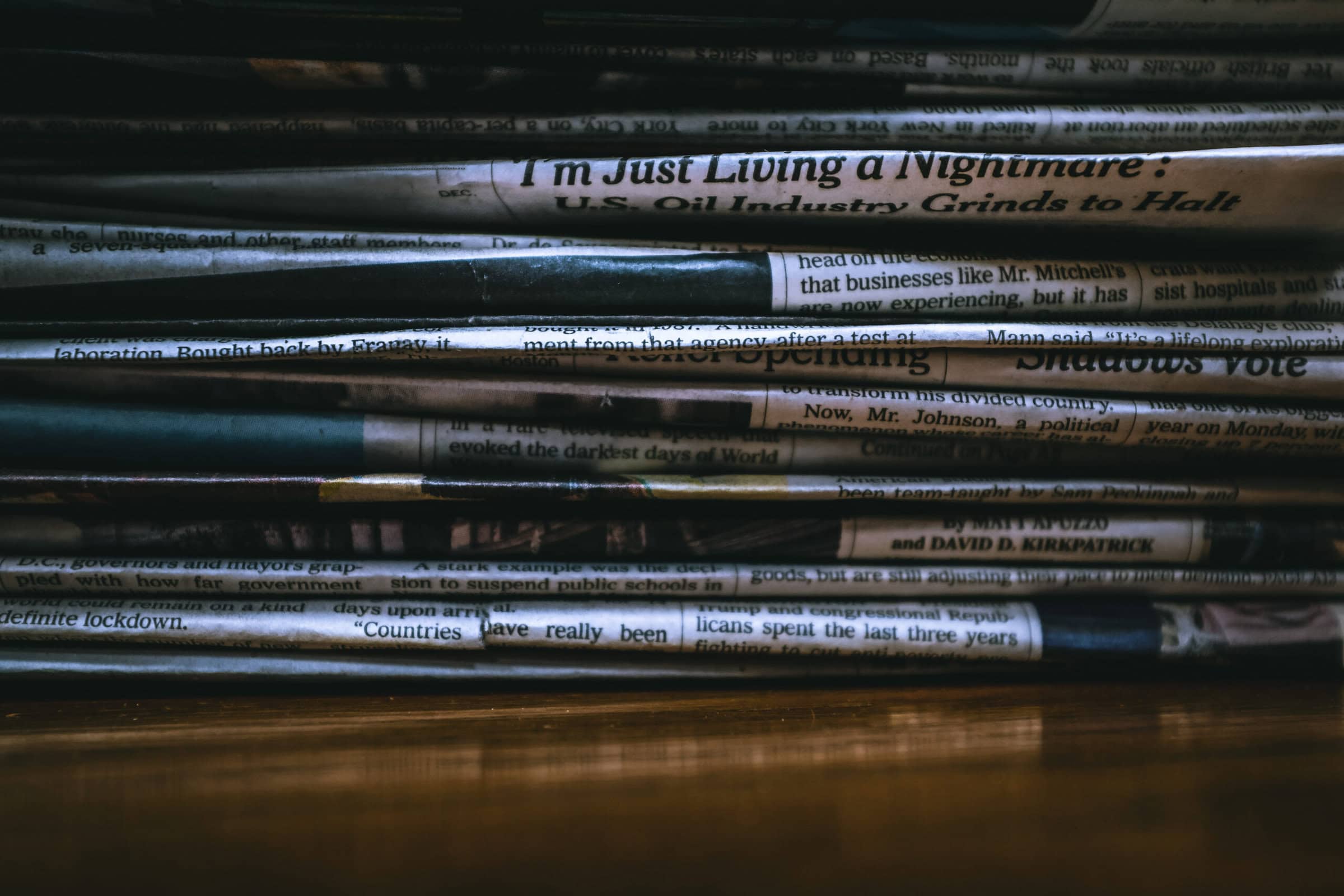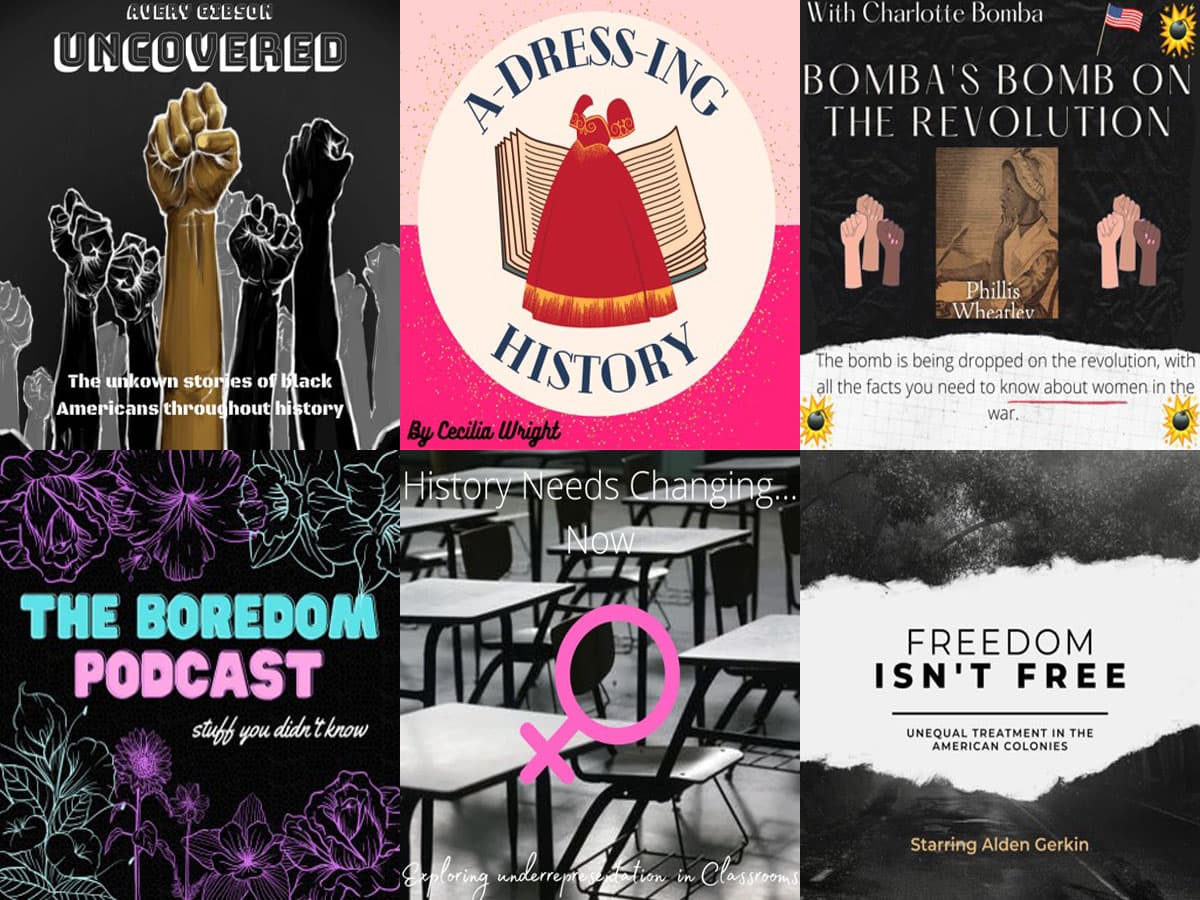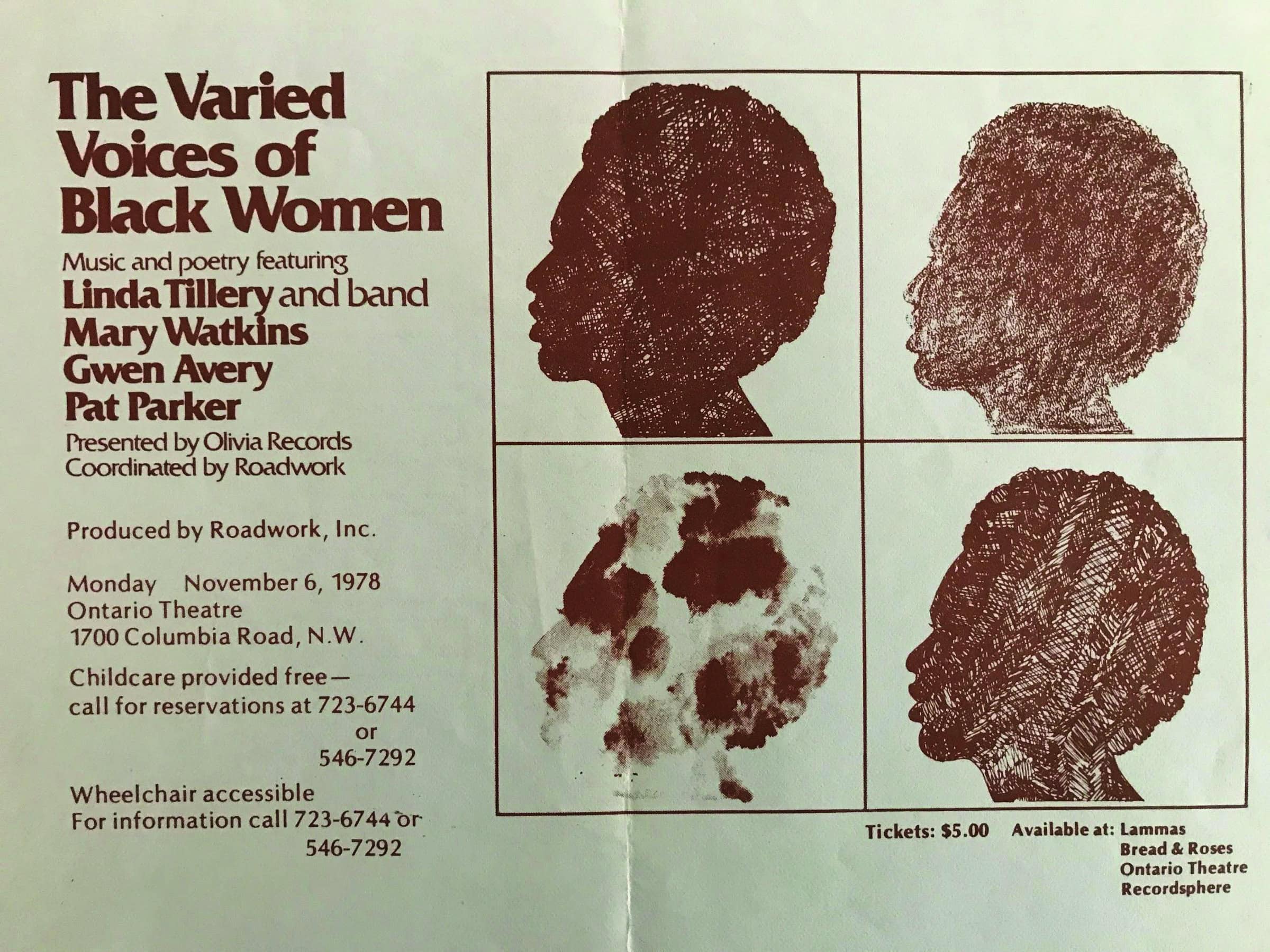As the field of women’s history emerged and evolved over the past three decades, scholars engaged in an ongoing debate about the influence of the new scholarship on the conventional narratives of American history. From Betsy Ross to Eleanor Roosevelt, “great” women had always been a recognized part of the American past. But what about women as a group? Joan Kelly’s now-classic query in European history—Was there a Renaissance for women?—spawned many American parallels. How revolutionary was the American Revolution? What role did women play in the Industrial Revolution? In the fields of politics, work, and culture, scholars took on the task of painting women into the existing frames of history and, in the process, shaped and shaded a more nuanced past. While the historical focus remained on the traditional subjects of war, politics, and diplomacy, the frame became wider, the tableau more detailed.
Many historians of women, however, suggested that fitting women into previously constructed male frames of reference did an injustice to women’s agency as historical actors. Women could not simply be “added and stirred” into the existing historical brew without dramatically altering the recipe itself. For many women, family and private life outweighed war and politics in molding historical experience. An American history survey might explore the experience of Rosie the Riveter, but not just while she riveted. Rosie’s life transcended the workplace and her patriotic response to nationalism. What bearing did the other aspects of her life—childbirth, family relations, sexuality, friendship—have on the history of America? And for that matter, were all Rosies alike? Precisely who were the “women” in women’s history? How well did the common assumptions in “women’s” history hold up with working-class women or women of color?
Granted, gender was not the only crucial component in women’s lives, but gender itself needed to be interrogated more critically. Held up to scrutiny, seemingly timeless ideas about womanhood could be exposed as artificial, as materially and linguistically “constructed” by a society that regarded its ideas about women as universal truths. A new emphasis on historicizing masculinity, as well as femininity, emerged. More important, the study of gender revealed not only the multiple meanings of “male” and “female” in a given culture, but also how that culture structured power. We began to analyze gender not just in the private sphere of home and family, but also in the public domain of politics, diplomacy, and war.
As the field of women’s history has yielded a multiplicity of approaches and questions, have we come any closer to the goal of teaching an inclusive American history survey? Or does the task seem even more daunting? In other words, what can we actually do in our classes? My approach to “gendering” the survey has changed dramatically over the past decade. When I first began to teach introductory American history, I gendered my course explicitly. That is, I introduced material about women, African Americans, and working-class people into almost every class period. Ida B. Wells quickly became my favorite “great woman” in the post-1865 survey. Rosie the Riveter made an annual appearance as I discussed women’s contributions to wartime. Using Lizzie Borden as a foil, I focused on female culture in the Gilded Age. I introduced the “social construction of gender” when lecturing on the sexual revolution of the 1920s. And I presented gender as an analytical framework by studying protective labor legislation and state welfare policy. I had devised an American history survey for the post-Civil War period that put gender at the center. While this approach was certainly a worthy one, it was unsuccessful.
While I managed to hook a few students every semester, my approach alienated more than it encouraged. One student asked, “Why has the most interesting history been kept from us?” and another noted in an evaluation, “Although I am a woman, I am not interested in the female role in history.” In point of fact, my students may know very little history, but they were certainly persuaded that they knew what history is and what it is not.
In essence, I had provided students with an alternative narrative of the American past without first convincing them that the traditional narrative was problematic, or for that matter, that it was a narrative. One student wrote eloquently on an evaluation that this course had “challenged everything about America that I was brought up to believe in and I didn’t appreciate it.” My survey was unsuccessful because the narrative I wove— gendered and multicultural—was one of my own design. I presented it as a finished product, a done deal, a body of material to master—just as students had mastered histories before this one. In retrospect, I understand my students’ hostility.
The contexts in which we teach surveys and the constituencies to whom we teach them have a significant impact on the effectiveness of our strategies. The challenge before me was one of engaging students who admitted to having no interest in the course I had designed. As I reworked the survey, I retreated a few steps. I needed to begin with students’ assumption that history is a consensus of facts that someone can simply “look up.” I began by structuring classroom activities around conflict.
On the first day of my redesigned class, we watched the climactic 30 minutes of Spike Lee’s film, Do the Right Thing. In this segment young African Americans protest against an Italian-owned pizza shop. The protest quickly erupts into a fight, a police murder, and the destruction of the pizza shop. In an in-class writing assignment, I asked students to simply write down “what happened.” I then asked for at least three students to turn in their written text, anonymously. In the next class, we read, analyzed, and discussed the three versions, which varied mainly in the blame they assigned to key participants in the conflict. This exercise helped students understand the privileged role of the historian. Students witnessed the scene as bystanders, but the simple prompt “what happened?” led them to interpret the event in the way a historian might: asking questions, weighing evidence, and offering narration and analysis. Although the students may have entered the class with little confidence in their knowledge of history, we began immediately to engage the question of competing perspectives, within the movie and within our classroom.
To continue this theme, I turned to Tom Holt’s Thinking Historically(1990), a pamphlet that brilliantly illustrates the conflicting notions of freedom at issue in Reconstruction. Holt’s collection of primary documents poignantly demonstrates that freedom was not an abstract notion; rather, its meaning was tied to the competing material interests of its various proponents. The figures represented in Holt’s documents—a committee of freedmen and two Freedman’s Bureau agents, one white, one black—analyzed and attempted to resolve the problems of Reconstruction in vastly different ways. Read in concert, these documents splintered the unitary vision of Reconstruction that many students had inherited from popular culture. To incorporate multiple perspectives into the remainder of the course, I prepared a series of six in-class “simulations,” organized around the themes “communities in crisis” and “ideas in conflict.” The classes in which we simulated historical conflict and debate focused on a range of subjects from political history topics like “U.S. policy in Vietnam” to social history topics such as “pornography and censorship.”
On the days of the simulations, we conducted class as a press conference. Some students represented the views of historical participants in the debate. Other students assumed the role of journalists and questioned the participants. The in-class exercise was followed by a writing assignment. Students assuming the roles of historical figures wrote about the event from their “own” perspectives; students posing as journalists mediated the conflicting points of view. Behind the scenes, I supported the simulations by assigning core readings to the entire class, by providing primary source packets to the participants, by giving an introductory lecture on each simulation topic, and by holding an organizational meeting a week prior to each simulation to answer questions.
What this change in strategy did for my survey was fascinating. Students not only learned about the topic at hand in an active way by “performing” it, but they also confronted the analytical challenge of competing historical narratives. Once convinced that historical figures differed in their assessment of events, students began to see the relevance of debate among historians. Or, in the words of one student, “The simulations made learning the particular concepts and issues more tolerable and fun.” This heightened awareness made gendering the survey a much easier task. In my revised course, I was able to gender the survey implicitly in several ways. First I included issues that have always been a part of women’s and gender history (e.g., woman suffrage, Roe v. Wade). Second, I focused the simulations on issues and events for which gender provides an analytical lens for dissection (e.g., the Fifteenth Amendment, protective labor legislation). And finally, I created simulations in which the voices of women are heard.
My revised survey required some adjustment on my part. I had to surrender the seamless narrative that I had so carefully honed in my first few years of teaching. I also gave up the prophetic voice. I was no longer the central figure in the course, the person who owned the narrative and disseminated it in 50-minute slices. I still maintained control; after all, I devised the simulations and the conflicting figures represented in them. But I cannot control their outcome. My resulting survey is now more effectively gendered because my pedagogical model necessitates multiple viewpoints. Embedded in the structure of the course, the material on gender no longer strikes students as an annoying diversion from the “real history.” And most important, this change in pedagogy has eroded the sense of alienation that the feminist content of my courses often uncovered. As one student put it, “I felt a part of history.”
The difficulty of the survey is that we project upon it so many different goals. Ideally, there would be a place in our introductory courses for all the important new scholarship that is emerging, including studies of masculinity. The problem, however, is that feminist historiography has not yet translated into feminist pedagogy. As long as we continue to generate new and challenging content without rethinking how we teach it, we will remain vulnerable to the “tyranny of coverage.” (What do I leave out if I teach women’s history?) And women’s history and the history of gender will continue to be marginalized. In the end, gendering the survey is one component in the process of creating a history that is multiethnic, multiracial, and multivocal—and I believe that this will require a change in traditional pedagogy.
Kathi L. Kern is associate professor of history at the University of Kentucky where, in addition to teaching the American history survey, she offers courses in American women's history. She is the author of a forthcoming book, A Secular Faith: Elizabeth Cady Stanton and the Woman's Bible (Cornell, 1997).


